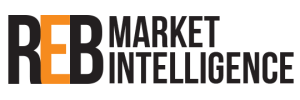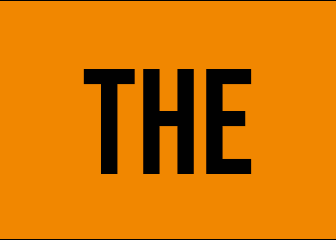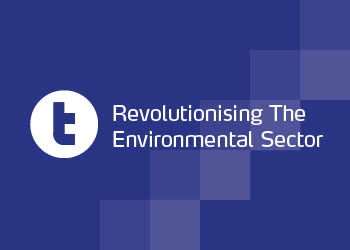Exports of iron ore from Australia are expected to fall by 0.6 per cent in 2011/2012, but metal prices should stay high.
The Australian Bureau of Agricultural and Resource Economics and Sciences (ABARES) said that iron ore exports would total 437 million tonnes in this period, with the fall being blamed on a spate of cyclones that swept across the western iron belt. However, it expected that Australian exports of the metal would surge throughout 2012 as the mines recovered.
In its quarterly commodities report, it said: “Despite assumed lower prices, over the next 18 months, iron ore and metallurgical coal prices are assumed to remain relatively high, reflecting strong growth in steel production in developing economies and the reconstruction of Japan.”
In 2012, ABARES expects China to consume 664 million tonnes of steel which will be a 6 per cent increase, India will need 81 million tonnes of steel (8 per cent growth) and Japan 69 million tonnes. These are expected to be the largest worldwide consumers of steel in 2012. However, it predicts that India’s own exports of iron ore will be hit by the recent introduction of a 20 per cent export tax.
ABARES also expects the price of aluminium to stay high. It said in the report: “For the remainder of 2011, prices are expected to remain high as a result of strong consumption and the potential for lower production from China – the world’s largest producer because of limited electricity availability. The aluminium price is forecast to average US$2,576 a tonne in 2011, 19 per cent higher than in 2010.
Copper consumption is also expected to increase with a forecast of 19.8 million tonnes being used worldwide, up by 4 per cent compared to last year. In 2012, it expects this to increase to 20.4 million tonnes. It forecasts an average copper price of US$9,544 a tonne in 2011, up 27 per cent on last year. It predicts an average price of US$10,050 per tonne in 2012.
Australia is the world’s biggest exporter of virgin metals, exporting 60 per cent of the world’s total.












